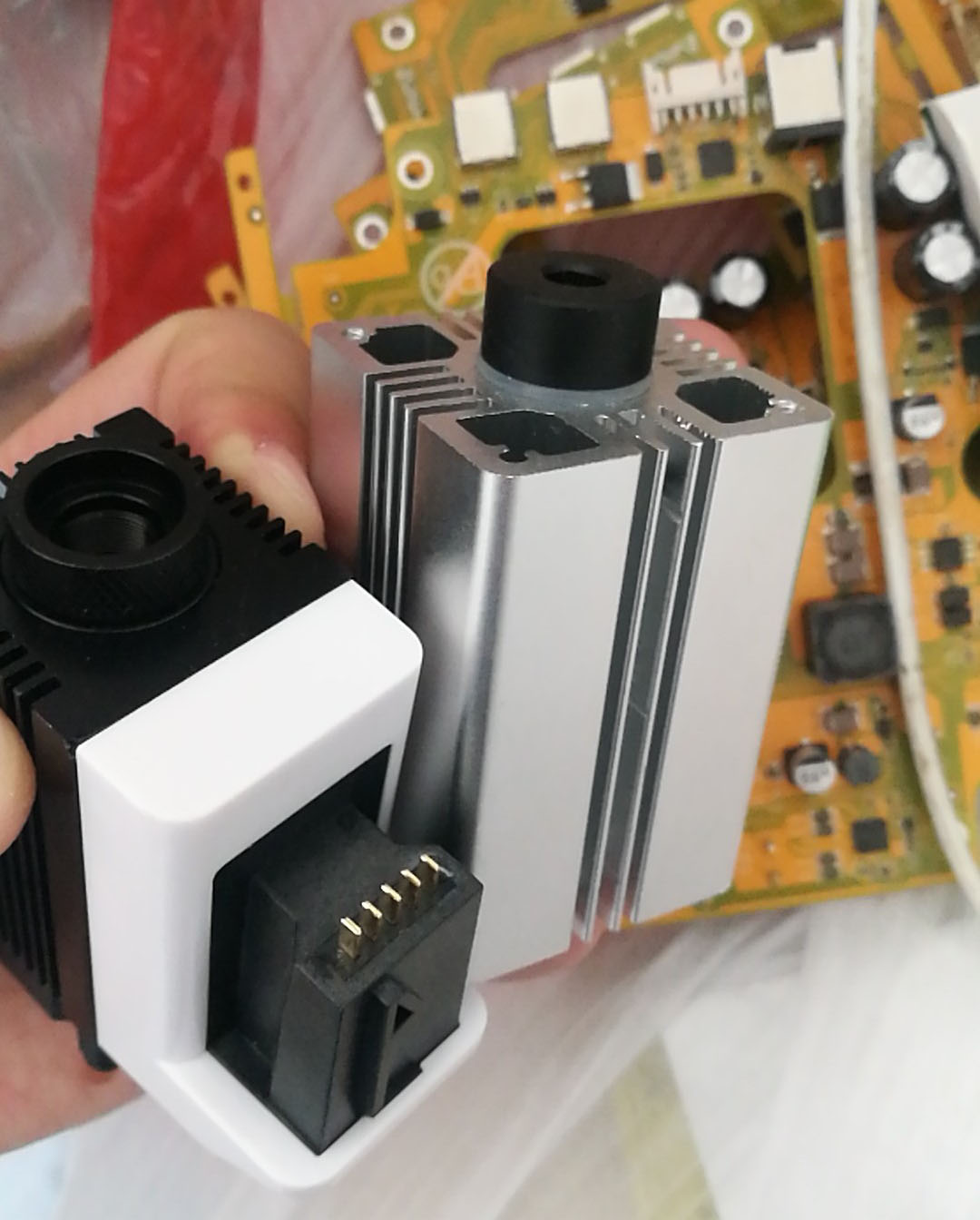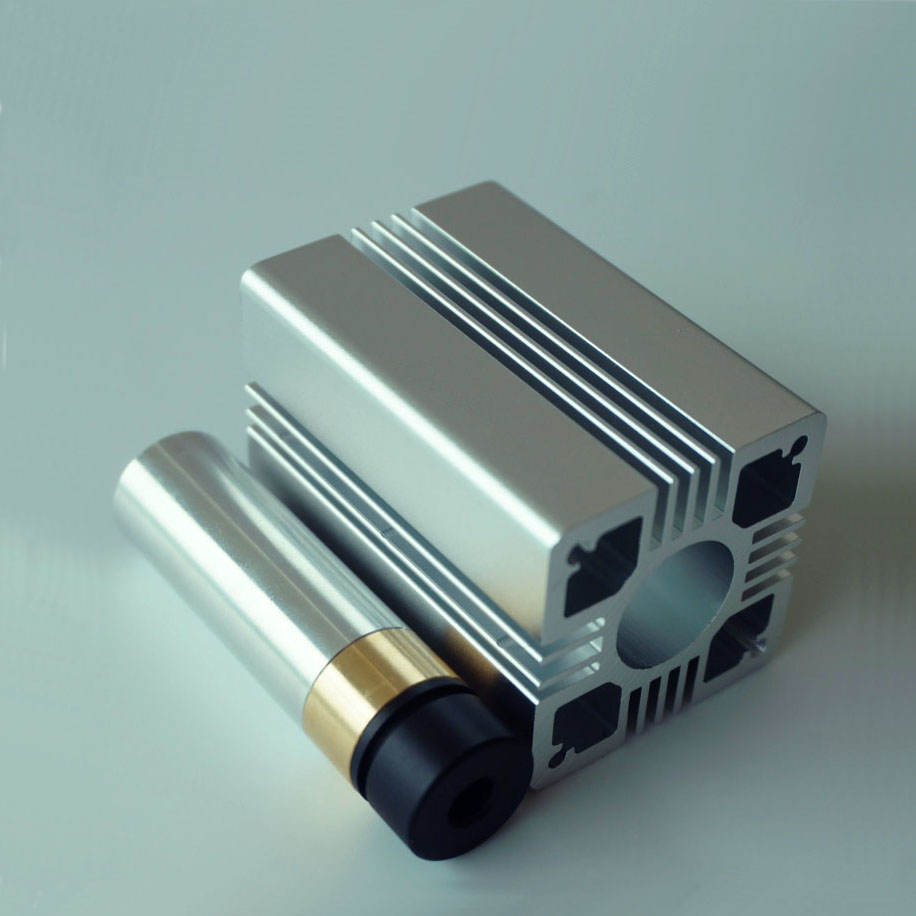Semiconductor laser diodes are very fragile and can be damaged by improper use. Overheating and overcurrent can cause the laser diode to experience rapid light decay or be damaged on the spot in a short period of time.
Laser diodes respond very quickly to overvoltage/overcurrent, and short-term (ns-level) overloads can also cause damage, which is especially noteworthy.
Like normal diodes, laser diodes also have a fairly steep I-V curve, which means that when the supply voltage deviates slightly from the rated voltage, the current will change drastically, even causing it to burn out. More seriously, as the temperature changes, the rated operating voltage and rated power of the laser diode also change. Therefore, the constant voltage source is unreliable, and the constant current source is the best choice.
Laser diodes are sensitive to dust, so make sure you assemble the mirror set in a super clean room.
Laser diodes are also sensitive to the returning power, so make sure that your fiber optic connectors or lens have a low enough reflection coefficient, which can often be achieved by coating.

